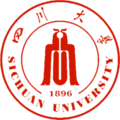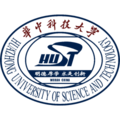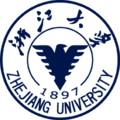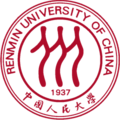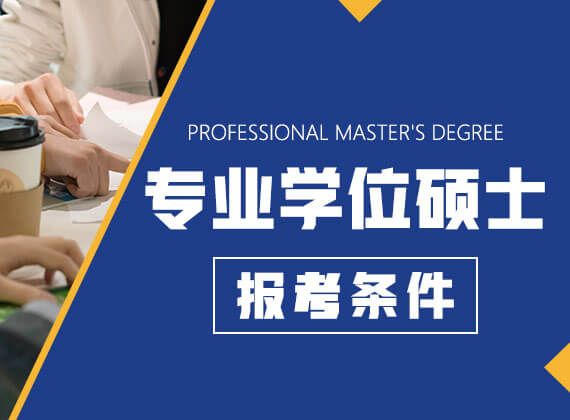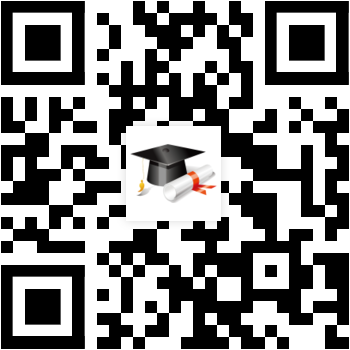2011年在职攻读研究生考试:英语模拟试题4
来源:在职研究生招生信息网 发布时间:2011-10-25 12:21:44
Directions: There are six passages in this part. Each passage is followed by some questions or unfinished statements. For each of them there are four choices marked A, B, C and D. You should decide on the best choice and mark the corresponding letter on the ANSWER SHEET with a single line through the center.
Passage 1
Thousands of years ago man used handy rocks for his surgical operations. Later he used sharp bone and horn, metal knives and more recently, rubber and plastic. And that was where we stuck, in surgical instrument terms, for many years. In the 1960‘s a new tool was developed, one which was, first of all, to be of great practical use to the armed forces and industry, but which was also, in time, to revolutionize the art and science of surgery.
The tool is the laser and it is being used by more and more surgeons all over the world, for a large number of different complaints. The word laser means: Light Amplification by Stimulated Emission of Radiation (激光)。 As we all know, light is hot, any source of light– from the sun itself down to a humble match burning will give warmth. But light is usually spread out over a wide area. The light in a laser beam, however, is concentrated. This means that a light with no more power than that produced by an ordinary electric light bulb becomes intensely strong as it is concentrated to a pinpointsized beam.
Experiments with these pinpoint beam shows researchers that different energy source produce beams that have a particular effect on certain living cells. It is now possible for eye surgeons to operate on the back of the human eye without harming the front of eye, simply by passing a laser team right through the eyeball. No knives, no stitches, no unwanted damage– a true surgical wonder.
Operations which once left patients exhausted and in need of long periods of recovery time now leave them feeling relaxed and comfortable. So much more difficult operations can now be tried.
The rapid development of laser techniques in the past ten years has made it clear that the future is likely to be very exciting. Perhaps some cancers will be treated with laser in a way that makes surgery not only safer but more effective. Altogether, tomorrow may see more and more information coming to light on the diseases which can be treated medically.
36. Up until the 1960‘s the instruments used to perform surgical operation were __________.
A. fashionable
B. extraordinary
C. special
D. basic
37. After the development of the laser in the 1960s, we find that __________.
A. medical help became available for industrial workers
B. the study of art went through a complete revolution
C. more and more surgeons began using surgical instruments
D. man‘s whole approach to surgery changed completely
38. Surgeons can now carry out operations which __________.
A. can be performed successfully only on the human eye
B. result in long periods of recovery time for patients
C. are made much more complicated by using the laser beam
D. result in very little damage to the patients themselves
39. The rapid development of laser techniques has meant that __________.
A. in another ten years we shall be able to cure cancer
B. surgery is likely to improve considerably
C. we shall be able to treat all the diseases we suffer from
D. we are now able to treat most forms of cancer
40. The laser beam is so strong because __________.
A. it is composed of a concentrated beam of light
B. its heat is increased by the heat of the sun
C. it can be plugged into an ordinary light firing
D. it sends out heat in many different directions
Passage 2
What do we think with? Only the brain? Hardly. The brain is like a telephone exchange. It is the switchboard, but not the whole system. Its function is to receive incoming signals, make proper connections, and send the messages through to their destination. For efficient service, the body must function as a whole
But where is the“mind”? Is it in the brain? Or perhaps in the nervous system? After all, can we say that the mind is in any particular place? It is not a thing, like a leg, or even the brain. It is a function, an activity. Aristotle, twenty-three hundred years ago, observed that the mind was to the body what cutting was to the ax. When the ax is not in use, there is no cutting. So with the mind.“Mind,”said Charles H. Woolbert,“is what the body is doing.”
If this activity is necessary for thinking, it is also necessary for carrying thought from one person to another. Observe how people go about business of ordinary conversation.








